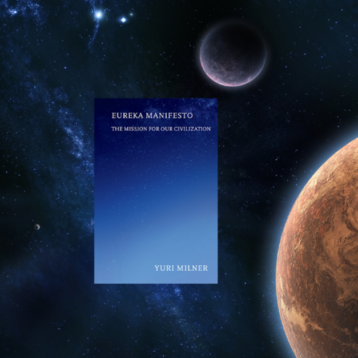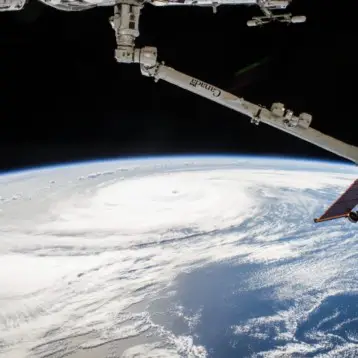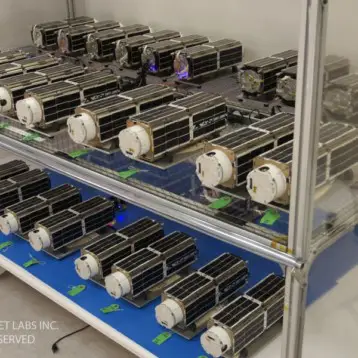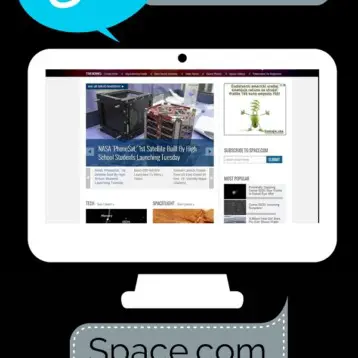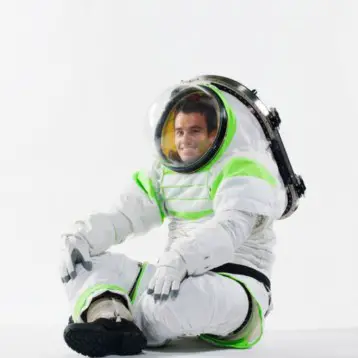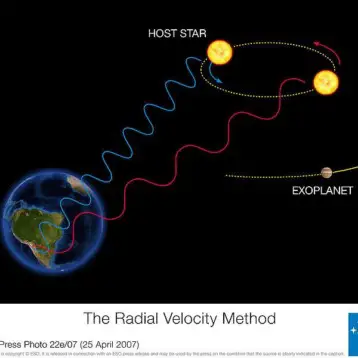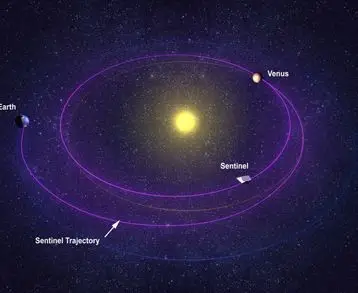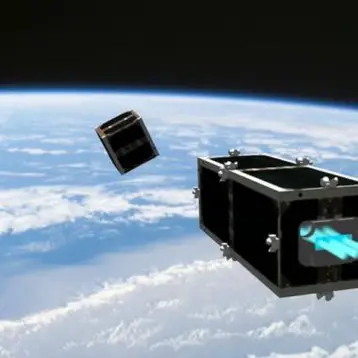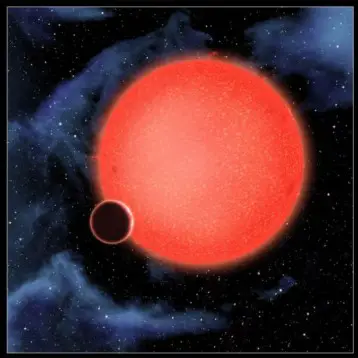The aim of the Cassini-Huygens mission, a joint venture of NASA, the ESA (European Space Agency), and the ASI (Italian Space Agency), is to study Saturn and its moons. The Cassini spacecraft was launched on October 1997 and entered into orbit around Saturn in mid 2004. One of the largest spacecrafts ever built – at 6.8 m (22.3 ft.) high, and more than 4 m (13.1 ft.) wide, the Cassini weighed 5.6 tons. One of the most interesting features of the spacecraft is its power source, based on radioisotope thermoelectric generators (RTGs). These are necessary since the spacecraft operates at such a long distance from the sun where solar energy is not sufficient to effectively power its instrumentation.
Saturn’s Moon Captured on Video
Based on 14 frames captured when the unmanned Cassini spacecraft encountered Hyperion in early 2006, this first ever video shows the small, Saturn moon (280 km /174 mi. across) over a 12 hr period on flyby about 1 million km (600,000 mi) away. Its crater-pocked, spongy surface is a mystery to scientists (who have viewed it on other occasions), as is why its surface differs from those of other moons of Saturn. The false color images meant to highlight subtle variations of hue of the naturally reddish moon reveal variations on the surface that scientists also hope to understand. Dark debris-filled craters and the elimination of craters on steeper slopes suggest that multiple landslide episodes may have occurred. Hyperion’s irregular shape suggests that it may have suffered a great impact in a collision that blew away part of it. Indeed, it has a chaotic orbit around Saturn, and Saturn’s gravitational forces cause it to further tumble out of control. Likewise, its rotational spin is irregular, differing from one orbit to the next. Its irregular shape and impact-marked surface lead scientists to believe that Hyperion is the oldest of Saturn’s moons.
The Hyperion video and more information can be found on the NASA website.

